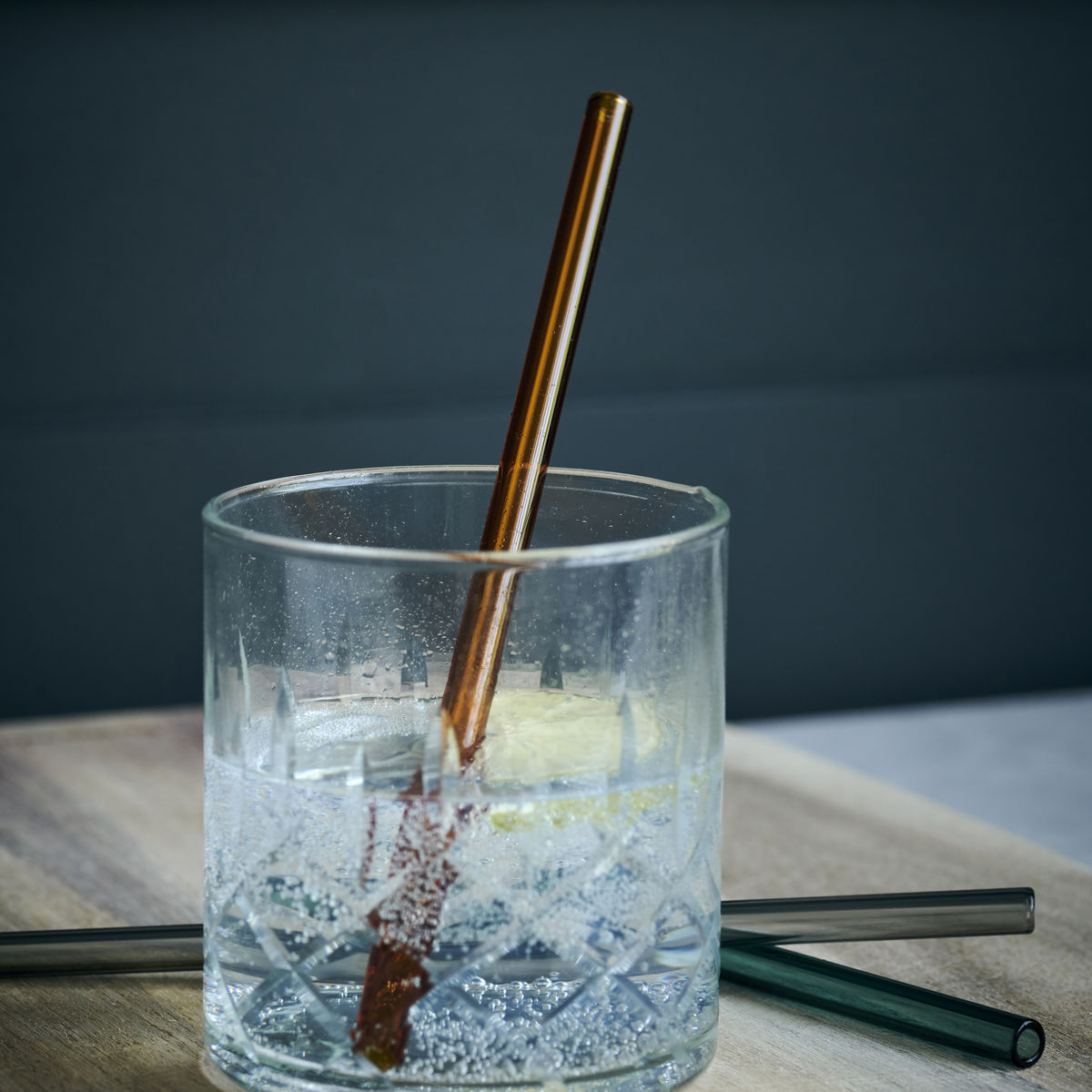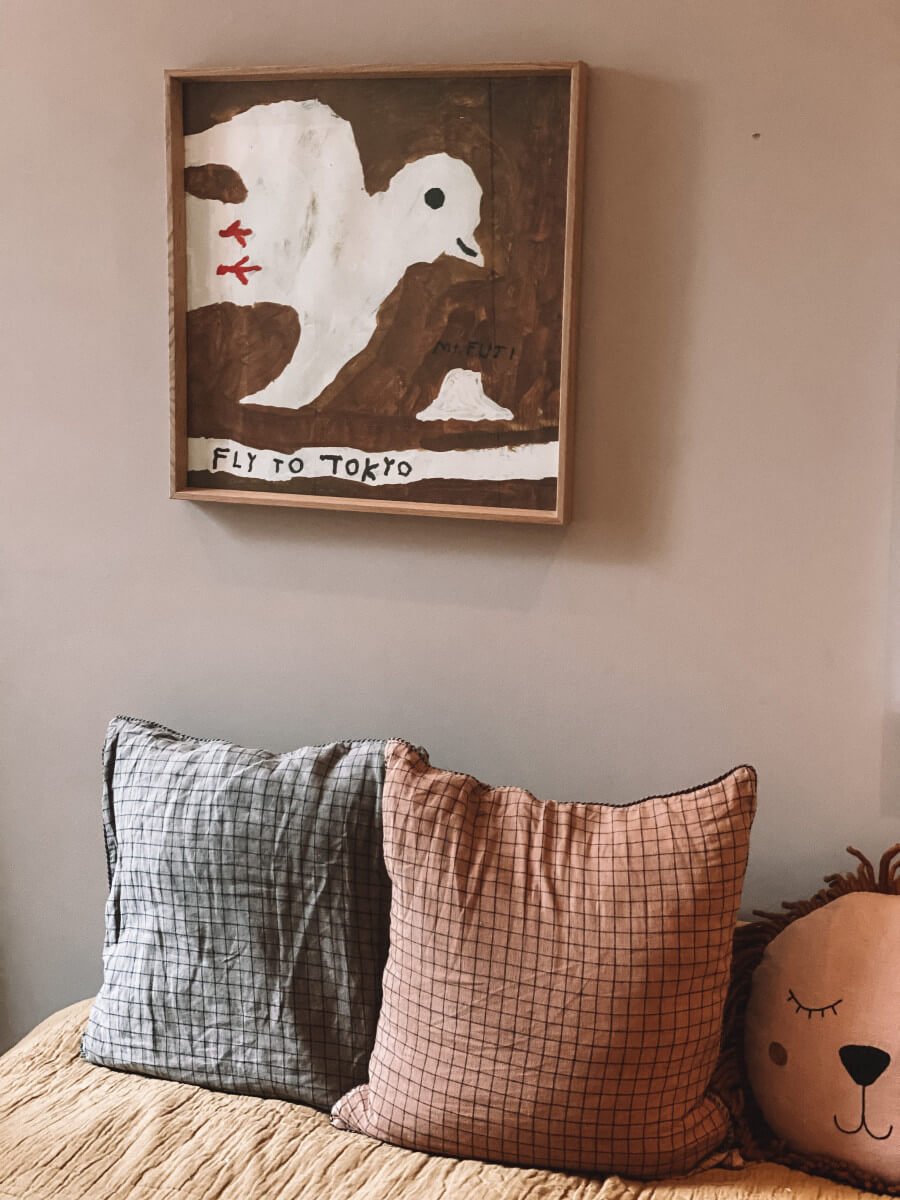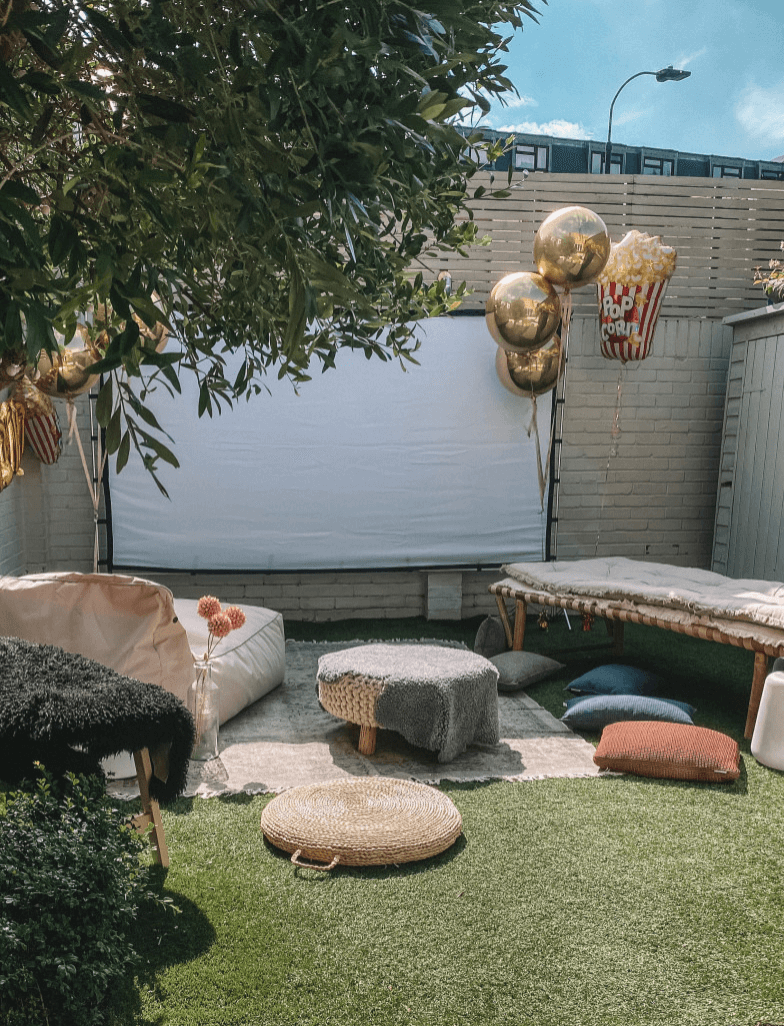Celebrating Swedish midsummer
One of my absolute favourite traditions, Swedish midsummer, is a holiday which many Swedes hold dear. It is a national holiday in Sweden, and it is always celebrated on the Friday closest to the summer solstice on the 21st of June.
Given the long dark winters in the Scandinavian countries, welcoming the lightest time of the year with a celebration feels very fitting and something many look forward to. Coming out of months of darkness and cold, and into greenery and the long, light Scandinavian days during this time of year, we celebrate the power of the sun and all the good tings that come with it.
As with many celebrations in the Western world, Midsummer originated in Pagan times. Our Viking forefathers celebrated Norse Gods like Freya and Freyr - the Norse Gods of fertility. It was a pagan celebration of the harvest ahead, and the tradition of dancing around a Maypole comes from this time too. At the time, it meant good fortune to cover greenery over livestock and barns, 'to may' them.
The Christian influence came with the entry of the Christian church, when Midsummer was associated with the celebration of St John the Baptist. However, in modern times most Swedes disregard the Christian side of this celebration, and focus on celebrating the light, the sun, the food, the dancing and the good times with friends.
Here is how to celebrate Midsummer the Swedish way:
1) Go out in nature. Ideally to someone's summer cottage, to someone's garden or the local park where they often arrange local midsummer activities. In London it is often (pre covid times) celebrated in Hyde Park, where Swedes would gather to celebrate.
2) Wear white or light clothing. The traditional way of dressing up at Midsummer was to wear a folk costume but nowadays most people wear something light rather than a traditional Swedish folk costume.
3) Wear a Midsummer wreath. Girls wear a midsummer wreath on their heads, normally made that same morning with wild flowers of the season. We have put together a tutorial of how to bind a Swedish midsummer wreath here.
4) Decorate and raise a Midsummer pole. Decorating and raising a Midsummer pole is one of the most important parts of a Swedish Midsummer. The pole itself is an ancient fertility symbol, a symbol of new life and good fortune, a tradition brought over from the continent in pre-Christian times, where similar celebrations would occur in the Germanic region with a so called Maypole to pray for a good and fertile harvest.
5) Dance around the Midsummer Pole. Typically, Swedes will form a ring around the Midsummer pole and dance around it in circular motion, clockwise and anti-clockwise. We sing traditional songs, dance traditional midsummer dances and play traditional midsummer games. The most famous one is probably 'Sma Grodorna' when Swedes dance around the Midsummer pole, imitating frogs. Yes, you read that right. Google it if you don't believe me ;)
6) Decorate the Midsummer Table. Another key part of celebrating Swedish midsummer is the food. You will most typically have a midsummer lunch together with other families or relatives, serving up a smorgasbord of food on a table decorated with flowers and small Swedish flags.
7) Eat fish, new potatoes and strawberries Most often, the food is traditional Swedish food or at least food inspired by traditional Scandinavian cooking: pickled, preserved herring and gravad lax e.g. cured salmon - all traditional Scandinavian ways of preserving food in the harsh cold Nordic climate.
A typical Midsummer lunch will consist of a starter of pickled and marinated herring in different marinades and sauces, new potatoes, and a simple sauce sour cream and chives, which you drink a cold beer and have a schnapps with (usually akvavit or vodka) in cold, frosty glasses.
The main is typically fish again - hot-smoked salmon with a fish-roe sauce and dill perhaps? - and the dessert is traditionally a strawberry cake or just fresh strawberries with ice cream.
Many Swedes will also add several vegetarian and meat options nowadays, like a big salad, some cold-cut meats or meatballs or a cheese quiche. It is also common to eat cooked egg halves with caviar and/or shrimps.
8) Sing Schnapps Songs. Marinated herring goes down better with an akvavit schnapps, or at least that's the tradition. Schnapps songs are short, easy to learn, often humorous songs about ones longing for schnapps. Swedes sing them at unison at the midsummer table, and the first one is usually sung only a few minutes after we've sat down at the table and had our first bite of marinated fish. The most famous one is probably one called 'Helan Gar'.
9) Go on all night. The celebrations, the dancing, the food and the traditional games usually lasts all day until late at night and into the morning, as in some parts in Scandinavia the sun never goes down at that time of year.
10) Pick flowers to have under your pillow. When it is time to go to bed there is another tradition - one which I used to love as a child. It is believed that if a girl or a boy picks 7 different wild flowers in silence on the night of midsummer eve and puts them underneath her or his pillow, she or he will dream of their future spouse.
11) Go-skinny dipping. You will potentially end midsummer with a dip in the usually cold water, though this is a tradition which is not as set in stone as the other things we've listed above.
So that's it, 11 easy steps to celebrating midsummer the Swedish way.
Keen to know more? Follow us on Instagram @scandiminis over the next few days where we will be sharing behind the scenes photos and videos of us celebrating.
xx Scandi Minimal












